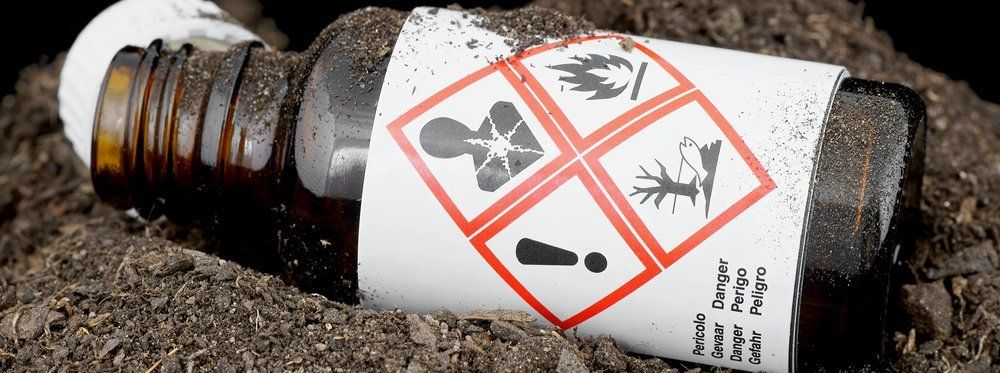Cold Stress Injuries – An Effective Strategy for Prevention

As colder weather returns, it becomes important to implement an effective strategy to prevent cold stress injuries. Workers completing tasks in cold weather, and sometimes for extended periods, are vulnerable to the range of cold stresses. These injuries are preventable by being informed and prepared. An effective strategy will encourage safe practices at both work and home.
So, let’s help workers understand what cold stress is, how it may affect their health and safety, and how it can be prevented.
How cold is too cold?
When the body is unable to warm itself, cold related stress may result.
This may include tissue damage and possibly death.
Four factors contribute to cold stress:
- Cold air temperatures
- High velocity air movement
- Dampness of the air
- Contact with cold water or surfaces.
A cold environment forces the body to work harder to maintain its temperature.
Cold air, water, and snow all draw heat from the body.
Wind chill is the combination of air temperature and wind speed.
For example, when the air temperature is 40°F, and the wind speed is 35 mph, your exposed skin receives conditions equivalent to the air temperature being 11°F.
While it is obvious that below freezing conditions combined with inadequate clothing could bring about cold stress, it is also important to understand that it can also be brought about by temperatures in the 50°F's coupled with some rain and wind.
How does the body react to cold conditions?
When in a cold environment, most of the body's energy is used to keep its internal temperature warm.
Over time, the body will begin to shift blood flow from its extremities (hands, feet, arms, and legs) and outer skin to the core (chest and abdomen).
This allows exposed skin and the extremities to cool rapidly and increases the risk of frostbite and hypothermia.
What is Hypothermia?
Hypothermia which means "low heat ,
" is a potentially serious health condition.
This occurs when body heat is lost faster than it can be replaced.
When the core body temperature drops below the normal 98.6°F to around 95°F, the onset of symptoms normally begins.
The person may begin to shiver and stomp their feet in order to generate heat.
Workers may lose coordination, have slurred speech, and fumble with items in the hand.
The skin will likely be pale and cold.
As the body temperature continues to fall these symptoms will worsen and shivering will stop.
Workers may be unable to walk or stand. Once the body temperature falls to around 85°F severe hypothermia will develop and the person may become unconscious, and at 78°F, the person could die.
What is Frostbite?
Frostbite occurs when the skin actually freezes and loses water.
In severe cases, amputation of the frostbitten area may be required.
While frostbite usually occurs when the temperatures are 30°F or lower, wind chill factors can allow frostbite to occur in above freezing temperatures.
Frostbite typically affects the extremities, particularly the feet and hands.
The affected body part will be cold, tingling, stinging or aching followed by numbness.
Skin color turns red, then purple, then white, and is cold to the touch.
What preventive measures should I take?
Wearing appropriate clothing and being aware of how the body is reacting to the cold are important to preventing cold stress.
Avoiding alcohol, certain medications and smoking can also help to minimize the risk.
Protective Clothing
is the most important way to avoid cold stress.
The type of fabric makes a difference.
Cotton loses its insulation value when it becomes wet.
Wool, silk and most synthetics, on the other hand, retain their insulation even when wet.
The following are recommendations for working in cold environments:
- Wear at least three layers of clothing. An inner layer of wool, silk or synthetic to wick moisture away from the body. A middle layer of wool or synthetic to provide insulation even when wet. An outer wind and rain protection layer that allows some ventilation to prevent overheating.
- Wear a hat or hood. Up to 40% of body heat can be lost when the head is left exposed.
- Wear insulated boots or other footwear.
- Keep a change of dry clothing available in case work clothes become wet.
- With the exception of the wicking layer do not wear tight clothing. Loose clothing allows better ventilation of heat away from the body.
- Do not underestimate the wetting effects of perspiration. Oftentimes wicking and venting of the body’s sweat and heat are more important than protecting from rain or snow.
Engineering controls can be effective in reducing the risk of cold stress.
Radiant heaters may be used to warm workers.
Shielding work areas from drafts or wind will reduce wind chill.
Use insulating material on equipment handles, especially metal handles, when temperatures drop below 30°F.
Training
in recognition and treatment is important.
Supervisors, workers and coworkers should watch for signs of cold stress.
Work schedules should allow appropriate rest periods and liquids should be available.
See additional online resources:









